Posted on 7/30/2023
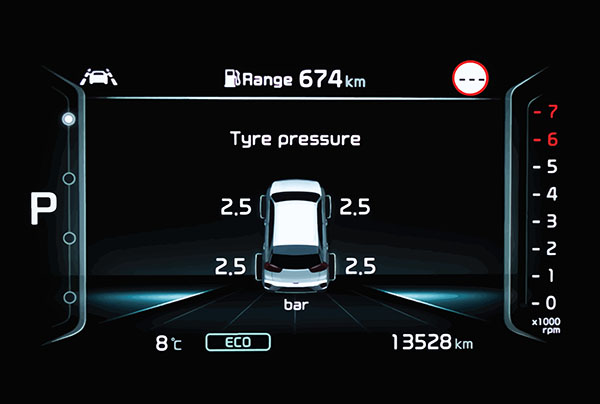
The Tire Pressure Monitoring System (TPMS) is a valuable safety feature that alerts drivers when their vehicle's tire pressure is significantly low. If you own a Honda Civic and have recently adjusted your tire pressure or replaced a tire, you may need to reset the TPMS to ensure accurate readings. Here is a step-by-step guide on how to reset the TPMS on your Honda Civic, allowing you to maintain optimal tire pressure and drive with peace of mind: Step 1: Ensure all tires are properly inflated Before attempting to reset the TPMS, it's essential to ensure that all four tires are properly inflated to the recommended tire pressure specified in your vehicle's owner's manual or on the driver's side door jamb. Use a reliable tire pressure gauge to check and adjust the pressure as needed. Step 2: Turn on the ignition Insert the key into the ignition and turn it to the "ON" position. Do not start the engine; simply power up th ... read more
Posted on 6/29/2023
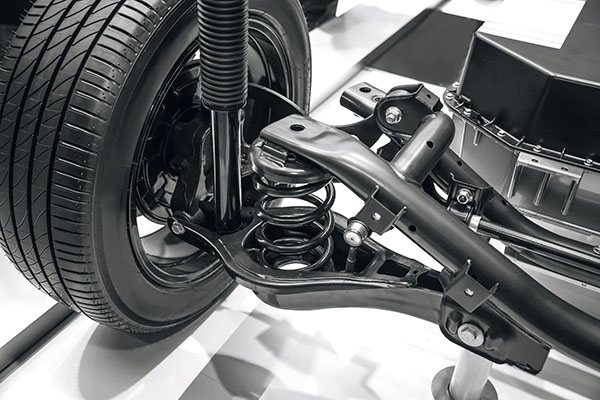
The suspension system of a vehicle plays a vital role in ensuring a smooth and controlled ride. Over the years, automotive engineers have developed various types of suspension systems to enhance comfort, handling, and overall performance. We will go into three distinct types of suspension systems: leaf springs, elliptical springs, and modern suspensions. |Leaf Spring Leaf springs are one of the earliest and simplest forms of suspension systems. They consist of multiple layers of flexible metal strips, or "leaves," stacked on top of each other. These springs are arranged longitudinally and mounted along the axles of the vehicle. Leaf springs offer excellent load-carrying capacity and durability, making them commonly used in trucks and heavy-duty vehicles. While they provide adequate support for heavy loads, leaf springs can be relatively stiff, resulting in a rougher ride quality compared to more advanced suspension systems. |Elliptical Spring ... read more
Posted on 5/31/2023
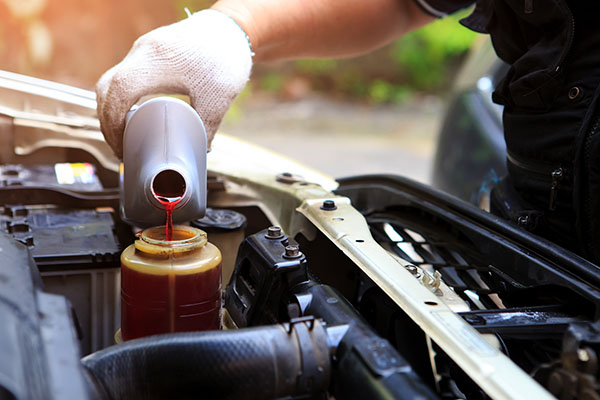
Your car is a complex machine with various systems working together to keep it running smoothly and efficiently. Behind the scenes, several fluids play crucial roles in the proper functioning of your vehicle. Understanding the different types of fluids your car requires is essential for its maintenance and longevity. In this blog, we will take a look at the important fluids found in most cars and their functions. 1. Engine Oil Engine oil is perhaps the most well-known fluid in a car. It lubricates the engine's moving parts, reducing friction and preventing excessive wear and tear. Engine oil also helps to dissipate heat, prevents corrosion, and keeps the engine clean by trapping dirt and debris. Regularly checking and changing your engine oil according to the manufacturer's recommendations is vital for the health of your engine. 2. Transmission Fluid Transmission fluid is responsible for lubricating the gears and components within th ... read more
Posted on 4/30/2023

As environmental concerns and rising fuel costs continue to be significant factors in the automotive industry, fuel efficiency has become a top priority for many car buyers. Fortunately, car manufacturers are continually developing vehicles that offer impressive fuel economy without sacrificing performance or style. Below is a list of five fuel-efficient cars that have proven themselves over the years. Remember that there are no specific model years or trims because there are so many to choose from. 1. Toyota Prius The Toyota Prius (MSRP of $27,450) has long been synonymous with fuel efficiency, especially with the advance of hybrids. Its hybrid powertrain combines a gasoline engine with an electric motor, providing excellent fuel economy. With an average fuel efficiency of up to 58 miles per gallon (MPG) in the city and 53 MPG on the highway, the Prius remains a leader in the hybrid market. 2. Hyundai Ioniq The Hyundai Ioniq is anothe ... read more
Posted on 3/30/2023

So you're looking for a new car and want something reliable, stylish, and, most importantly, fuel efficient. But with all the models and recommendations online, it can get confusing. That's why we have made a very short and simple list of vehicles that have the best miles per gallon numbers and still look and perform well. Keep in mind that the list is in no particular order. #1 Toyota Prius One of the most popular vehicles in the world, the Toyota Prius, has a well-deserved reputation. From reliability to better looks in newer models, it is the perfect car. And with models being hybrids, fuel efficiency goes through the roof - as high as 67 MPG for some models. Plug-in hybrids can reach up to 235.4 MPG if charged fully and frequently, so if you are looking for something like this, make sure to check out the newer models. #2 Hyundai Ioniq A competitor to the Prius is the Hyundai Ioniq series. They have an interesting look, being sleek ... read more
Posted on 2/28/2023
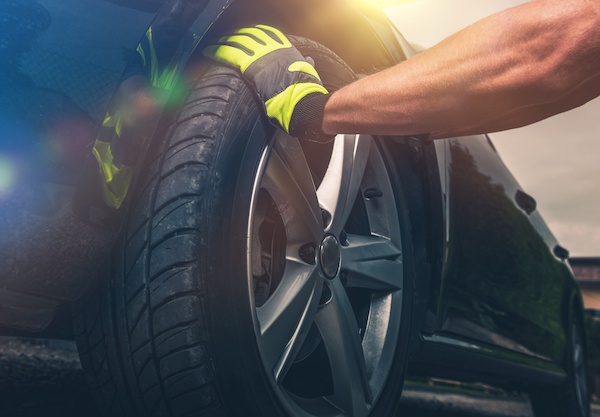
Tires are a significant part of your vehicle. They are the only parts that come into contact with the road, and they play a crucial role in the vehicle's handling, performance, and safety. If you've ever looked at a tire, you may have noticed that it has a series of numbers and letters on its sidewall. These numbers and letters provide important information about the tire's size, type, and performance capabilities. In this blog, we will explore what these numbers mean and how they can help you choose the right tire for your vehicle. Tire Size The first set of numbers on a tire's sidewall represents its size. The size is usually expressed in a format such as P215/60R16. Let's break down what each part of the size number means: P: This letter stands for the tire's service type. In this case, P stands for "passenger" tire. 215: This number represents the tire's width in millimeters from sidewall to sidewall when measured on the widest point of the ... read more
Posted on 1/31/2023
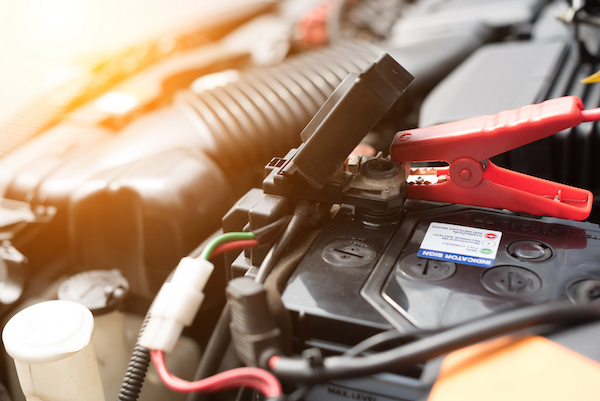
Sometimes your car battery can die seemingly out of nowhere. This can leave you stranded or late for work, which is very frustrating. To avoid these situations, here are five signs that we can share with you that point straight to a dying car battery. 1. Dimmer Headlights Dim headlights are commonly overlooked and can seem like not that big of a deal. Even the slightest change in brightness means that there is not enough power to keep them working as intended. After a while, it drains the battery, making it prone to not starting. 2. Clicking When Starting Your Vehicle By starting the car, your ignition is powered by a signal that comes from either your start button or turning the key. This process requires energy from your battery and when nothing is left in it, a clicking sound may be heard. Furthermore, if your dashboard is electric, it can also result in continuous flashing while trying to start the engine. 3. Electrical Problems Nowadays most of the systems and ac ... read more
Posted on 12/30/2022

The weather conditions during winter are harsh, particularly for your vehicle. The car could experience a significant breakdown in just a few months. It is hence crucial to winterize your vehicle before winter. Preparing the interior and exterior of the vehicle is the best way to ensure that travels during the holidays are safe and stress-free. Read on to find out how to winterize your car. Winter Car Service To prepare your car for the winter, you ought to have it serviced for winter conditions. Start with the battery, which loses power the colder it gets. If your battery has been having problems, replace it before winter. Otherwise, get a battery suitable for winter performance. Check the vehicle's cooling system too. Ensure you have the best antifreeze for your car and the proper antifreeze-to-water ratio. You want your brakes to function optimally for winter, so tune them up as well. Check all the belts, hoses, spark plugs, wires, and cables to ensure they work during wint ... read more
Posted on 11/30/2022
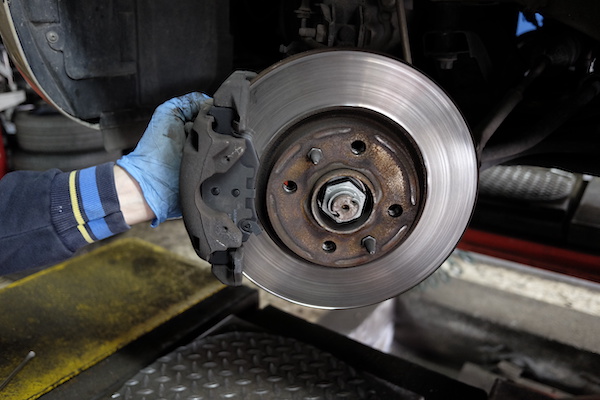
If you are going to take charge of your vehicle maintenance, the first part that you should look at is the braking system. All parts of your vehicle’s brake system need to work for your car to slow down and stop effectively. So please frequently have your brakes checked to ensure you and your loved ones are safe on the road. That said, there are many signs that indicate your brakes need to be serviced. From loud squeaks to leaking fluid, it can be difficult to miss. Let’s take a look at these red flags that could mean your brake system is compromised. Squeaking or Squealing If you catch a loud, high-pitched sound whenever you apply the brakes, it means that your brakes are worn down. Specifically, the brake pads let out a scream when they are bad. Brake pads have metallic wear indicators that will rub against the rotors when they’ve worn thin. When you catch your brakes being noisy, take your vehicle to our brake service shop. Grindi ... read more
Posted on 10/31/2022

With so many car parts, it can be difficult to know which one is which, especially if you aren't an automotive technician and are speaking with a mechanic. If you're having issues with your vehicle, particularly related to your oil, knowing what an "oil pan gasket" is can be helpful. What Is an Oil Pan Gasket? An oil pan gasket creates a seal between the engine block and oil pain. It allows for the contraction and expansion of the engine's heat. The oil pan gasket also serves the purpose of preventing leaks, and it stops oil from entering other parts of the vehicle. The oil pan gasket also provides cushioning so the vibrations from the engine don't cause any damage. The kind of gasket you have depends on the composition of your automobile's oil pain. For instance, cars with a pressed steel pan will have a formed rubber gasket. On the other hand, vehicles with aluminum pans will have a liquid silicone gasket. Signs of an Oil Pan Gasket Problem Over tim ... read more